Spider8ait1994
Aquarium Advice Apprentice
Hi all. A couple months back I got a 130 litre tank to start keeping some larger fish species than I’ve kept in the past and have added a pair of angelfish and 4 Gourami (2 Pearl Gourami, 1 flame Gourami and 1 blue Gourami)
I have a basic idea of some of the differences between males and females of these species however am having a hard time matching what I’m seeing in my fish to guides for male or female.
I know with Gourami it’s the shape of the dorsal fin (longer and more pointed for male and shorter and rounded for female) so I THINK my flame Goirami is male but I may be wrong.
Not sure about the blue Gourami and the Pearl Gourami seem to have a different dorsal fin to the guides for Goirami sexing I’ve found so I have no idea about them.
As for the Angelfish the tells to me are very subtle and I just can’t definitively tell what’s what but I THINK the black one is male and the white is female.
If anyone can take a look at some photos and help me out that would be great.
I have a basic idea of some of the differences between males and females of these species however am having a hard time matching what I’m seeing in my fish to guides for male or female.
I know with Gourami it’s the shape of the dorsal fin (longer and more pointed for male and shorter and rounded for female) so I THINK my flame Goirami is male but I may be wrong.
Not sure about the blue Gourami and the Pearl Gourami seem to have a different dorsal fin to the guides for Goirami sexing I’ve found so I have no idea about them.
As for the Angelfish the tells to me are very subtle and I just can’t definitively tell what’s what but I THINK the black one is male and the white is female.
If anyone can take a look at some photos and help me out that would be great.
Attachments
-
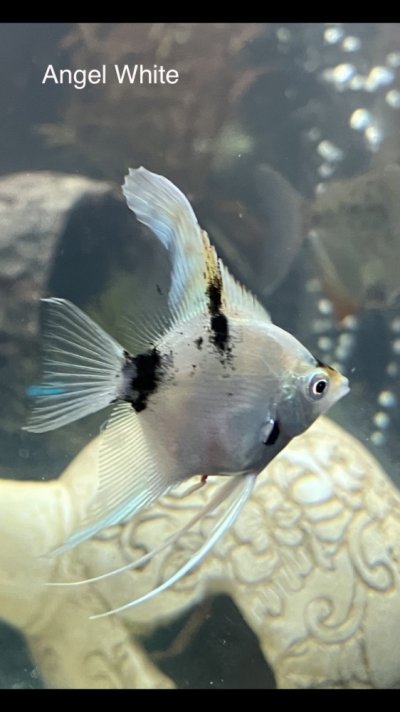 A1030469-9C55-401C-AF78-C4C63351346B.jpg143.5 KB · Views: 23
A1030469-9C55-401C-AF78-C4C63351346B.jpg143.5 KB · Views: 23 -
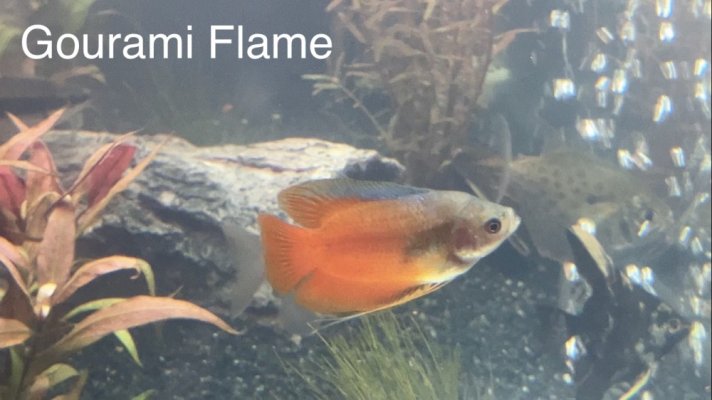 6C17FEDA-D7CA-4037-AC3D-358CBCCC602B.jpg169.5 KB · Views: 29
6C17FEDA-D7CA-4037-AC3D-358CBCCC602B.jpg169.5 KB · Views: 29 -
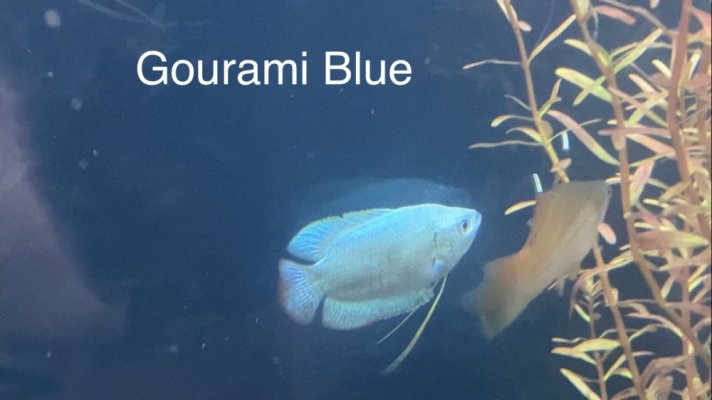 66201450-9FA1-44E0-BF35-F3E96CE7135D.jpg138.3 KB · Views: 28
66201450-9FA1-44E0-BF35-F3E96CE7135D.jpg138.3 KB · Views: 28 -
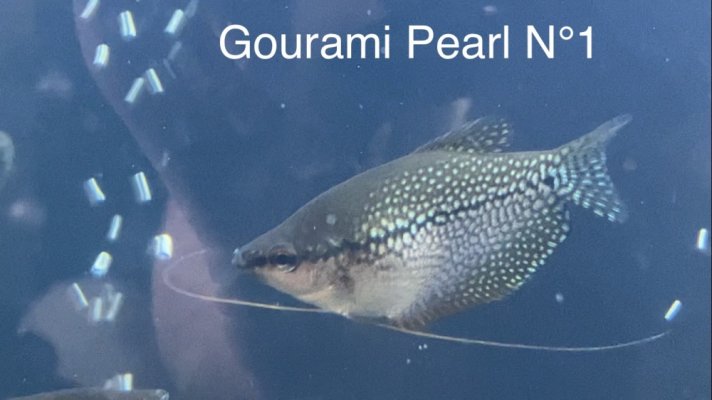 E1D21AB8-C92E-4481-B43D-B56302262B4B.jpg151.2 KB · Views: 37
E1D21AB8-C92E-4481-B43D-B56302262B4B.jpg151.2 KB · Views: 37 -
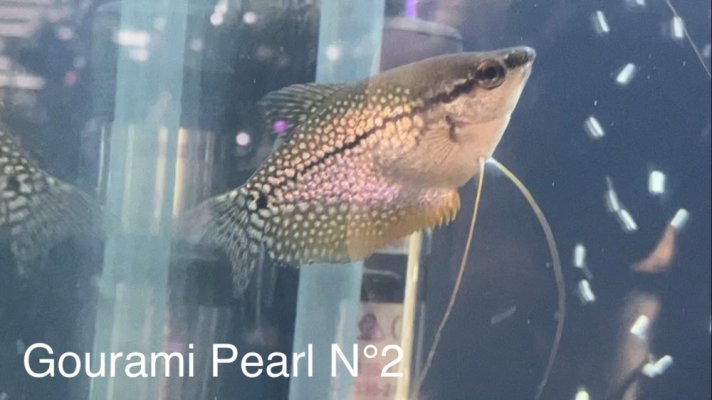 ECDDBEE7-BA81-4A4C-B5B4-79FF04E1AB30.jpg150.8 KB · Views: 30
ECDDBEE7-BA81-4A4C-B5B4-79FF04E1AB30.jpg150.8 KB · Views: 30 -
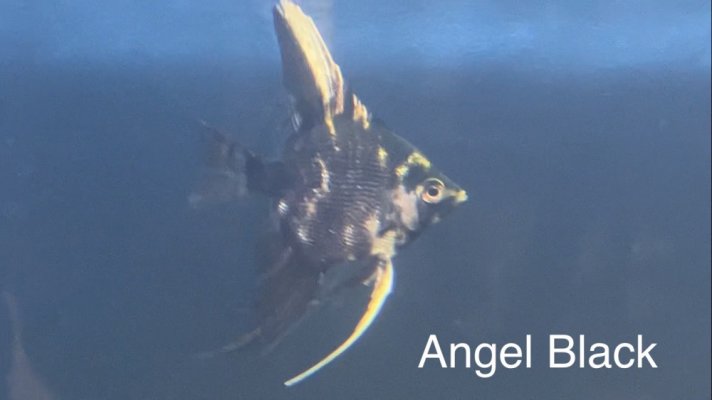 0B7B9D84-33A7-4F4E-8B2F-EED5DE7C870B.jpg109.1 KB · Views: 29
0B7B9D84-33A7-4F4E-8B2F-EED5DE7C870B.jpg109.1 KB · Views: 29 -
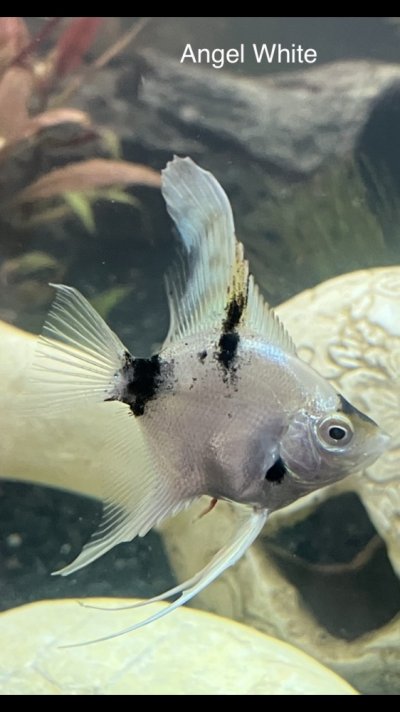 1C58D5CA-FDFE-4DEB-9601-EA4D95015A22.jpg155.1 KB · Views: 30
1C58D5CA-FDFE-4DEB-9601-EA4D95015A22.jpg155.1 KB · Views: 30

 It's a guess at best these days. The only way to definitely tell is by seeing their breeding tubes and those are only exposed when in spawning mode. Angelfish can start breeding at 6 months old but it's better for the fish if you allow them to get about a year old before allowing them to start spawning. The eggs will be larger, making the fry a bit larger and easier to feed and keep alive.
It's a guess at best these days. The only way to definitely tell is by seeing their breeding tubes and those are only exposed when in spawning mode. Angelfish can start breeding at 6 months old but it's better for the fish if you allow them to get about a year old before allowing them to start spawning. The eggs will be larger, making the fry a bit larger and easier to feed and keep alive.